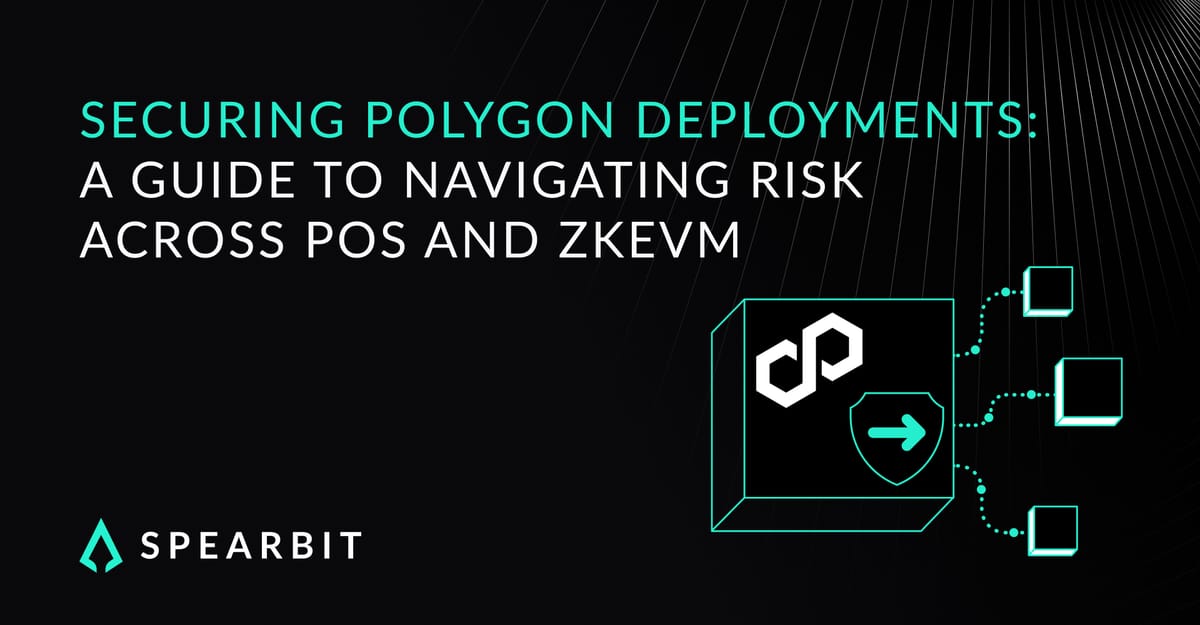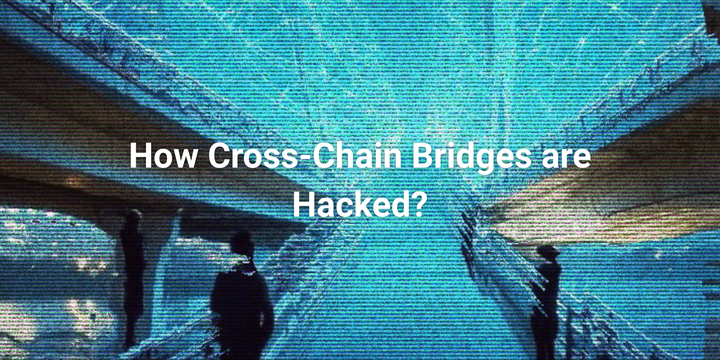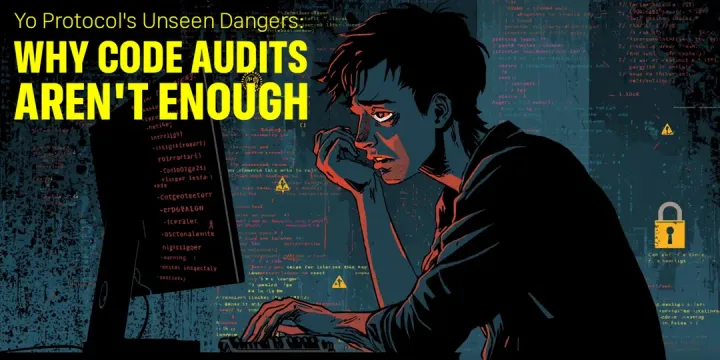Securing Polygon: Essential Risk Guide for PoS & zkEVM Deployments

Source: Securing Polygon Deployments: A Guide to Navigating Risk Across PoS and zkEVM
Polygon is a cornerstone in Ethereum’s scaling landscape, combining the scalable Polygon PoS chain with the Ethereum-native zkEVM rollup. For developers and project teams operating here, grasping the different security models and governance dynamics is key to building robust applications. This guide breaks down the risks across Polygon's platforms and offers practical advice to secure your deployments.
Hybrid Polygon Architecture Overview
- Polygon PoS: A sidechain secured by Tendermint-based validators, enabling fast, low-cost transactions. Its bridge to Ethereum uses checkpointing but doesn’t inherit full Ethereum-level security, meaning bridge-related risks exist.
- Polygon zkEVM: A zero-knowledge rollup offering near-perfect compatibility with Ethereum’s Virtual Machine. It posts state updates with cryptographic proofs to Ethereum for strong finality. However, it remains partially centralized, with key components like the sequencer and prover under limited control.
- Polygon 2.0: Plans a unified coordination layer called AggLayer, introducing restaking, improved governance, and multi-chain liquidity abstraction, enhancing security and scalability.
Key Risk Areas and Their Effects
- PoS Bridge Vulnerability: The PoS bridge’s centralized validator and governance setup pose risks, especially for high-value locked protocols. Events have shown these bridges lack Ethereum’s finality guarantees, potentially leading to systemic failures.
- zkEVM Centralization & Governance Risks: Despite strong validity proofs, zkEVM currently depends on a centralized sequencer and prover, overseen by a 13-member Protocol Council with emergency upgrade powers. No enforced timelocks on upgrades raise concerns about governance transparency and risk.
- Data Availability Options: zkEVM offers Validium (off-chain data storing) to lower costs but compromises censorship resistance, and Volition mode, allowing developers to select on-chain or off-chain data per transaction for a cost-security tradeoff.
- Circuit Security Challenges: Zero-knowledge circuits are complex and can contain flaws-like unchecked inputs-that enable malicious proofs for invalid state changes. Formal verification of these circuits is critical to maintain prover trustworthiness.
- Governance Complexity: Polygon's upgrade system balances normal and emergency governance paths. While responsive, it may limit community oversight and rollback ability in crises.
Practical Security Recommendations
- For PoS Deployments: Monitor bridge health closely, including validator activity and checkpoint timing. Automate alerts for abnormal delays and prepare fallback processes for bridge interruptions.
- For zkEVM Builds: Track the zk circuit versions, proof submission cadence, and governance proposals. Use timelocks and multi-signature setups for upgrade-sensitive contracts.
- Cross-Environment Considerations: Treat bridging as a critical operation, only using vetted contracts. Manage liquidity considering risks from network pauses or governance shifts.
- Infrastructure Contributors: Align with Polygon 2.0’s evolving roadmap. Protect validator credentials with multisig and hardware wallets and stay active in governance voting.
Real-World Example: zkEVM Proof Verification Flaw
A security review uncovered a bug in zkEVM's calldata boundary checks within the zk circuit. Malformed calldata could bypass checks, causing a mismatch between actual and expected state without failing proof verification. Fixes involved tightening circuit constraints and adding specific tests. This example highlights how small constraint errors can lead to serious state inconsistencies in zero-knowledge systems.
Polygon’s future depends on recognizing and managing where consensus, cryptographic proofs, and governance intersect. Builders must embed security deeply aligned with architecture.


